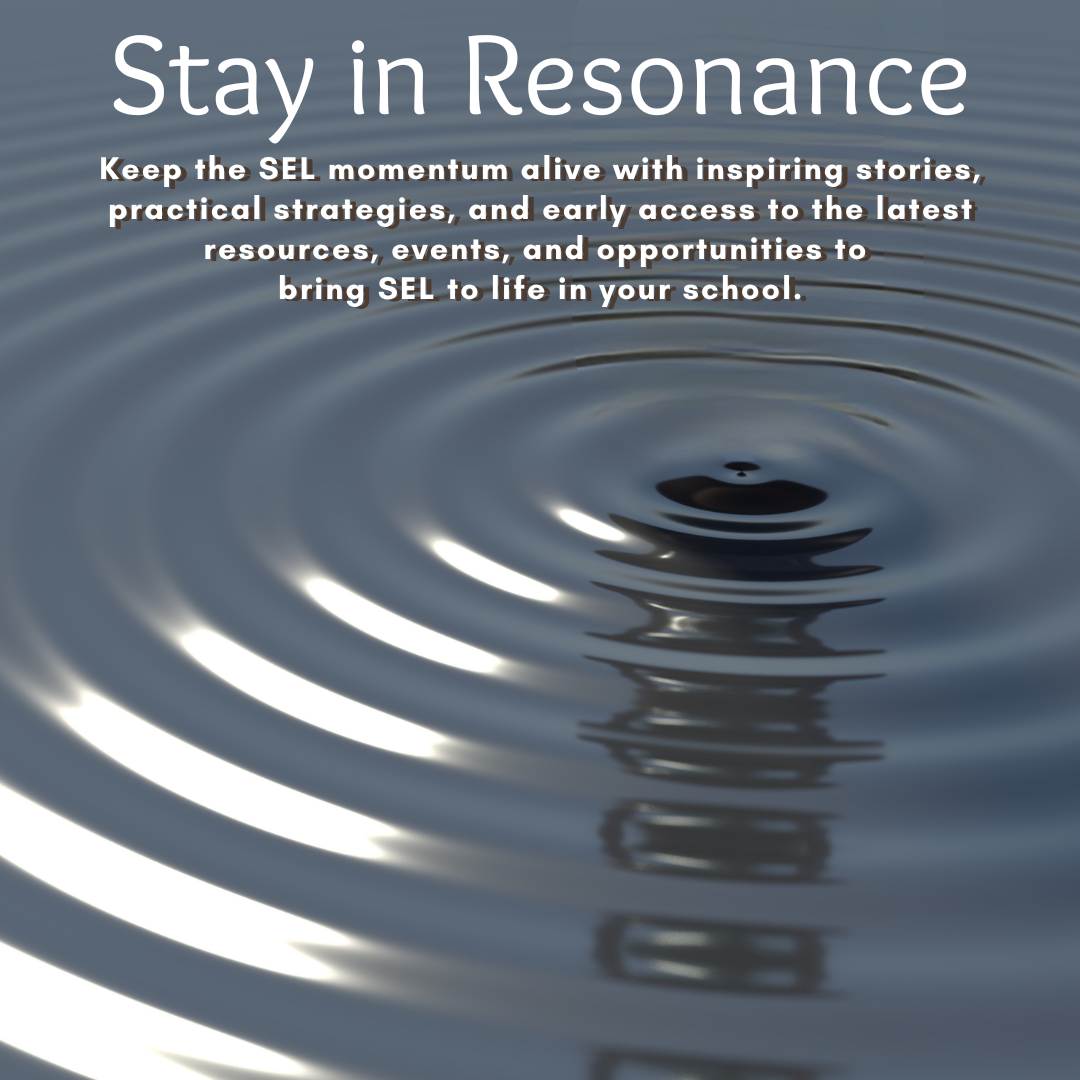069: Stop Wiping the Sink. Start Changing the Pattern.
Oct 04, 2025
How many times did I get irritated today because I had to wipe water off the back of my phone after setting it down on the sink…
Before I finally just dried off the ledge?
(Hint: TOO many!)
The Pattern We Miss
It made me laugh at myself. Why keep reacting to the same small frustration over and over when I could solve it in seconds?
But that’s what we often do — in our classrooms, schools, and daily lives. We encounter the same recurring issues, feeling the same irritation, without stepping back to change the system that causes them.
Educators and students experience this as well. We often find ourselves stuck in loops, struggling with the same conflicts, emotions, or academic challenges. Sometimes, without realizing we have the power to adjust our approach or response.
The SEL Connection
This is where social-emotional learning comes in. SEL equips students (and us) with tools to:
- Practice self-awareness: Notice patterns in your emotions and behavior, such as feeling “overheated” when writing an essay or becoming frustrated by repeated conflict.
- Apply responsible decision-making: Instead of reacting the same way each time, pause, shift perspective, and take action to change the environment or routine.
Drying off the ledge doesn’t just solve the wet phone problem. It reminds us that we can redesign situations, not just react to them.
Why This Matters
When we teach and model this mindset, we show students that frustrations don’t have to define them. They can name what’s happening, choose a new response, and take small steps that make a big difference.
SEL helps students see themselves not just as reactors, but as changemakers, capable of shaping their learning environment, relationships, and future.
Reflection
- What “wet sink” moments frustrate you on repeat?
- How might self-awareness help you recognize the pattern sooner?
- What small, simple change could shift the outcome for you — or for your students?
Because sometimes, growth isn’t about powering through irritation. It’s about noticing the pattern… and finally drying off the ledge.


